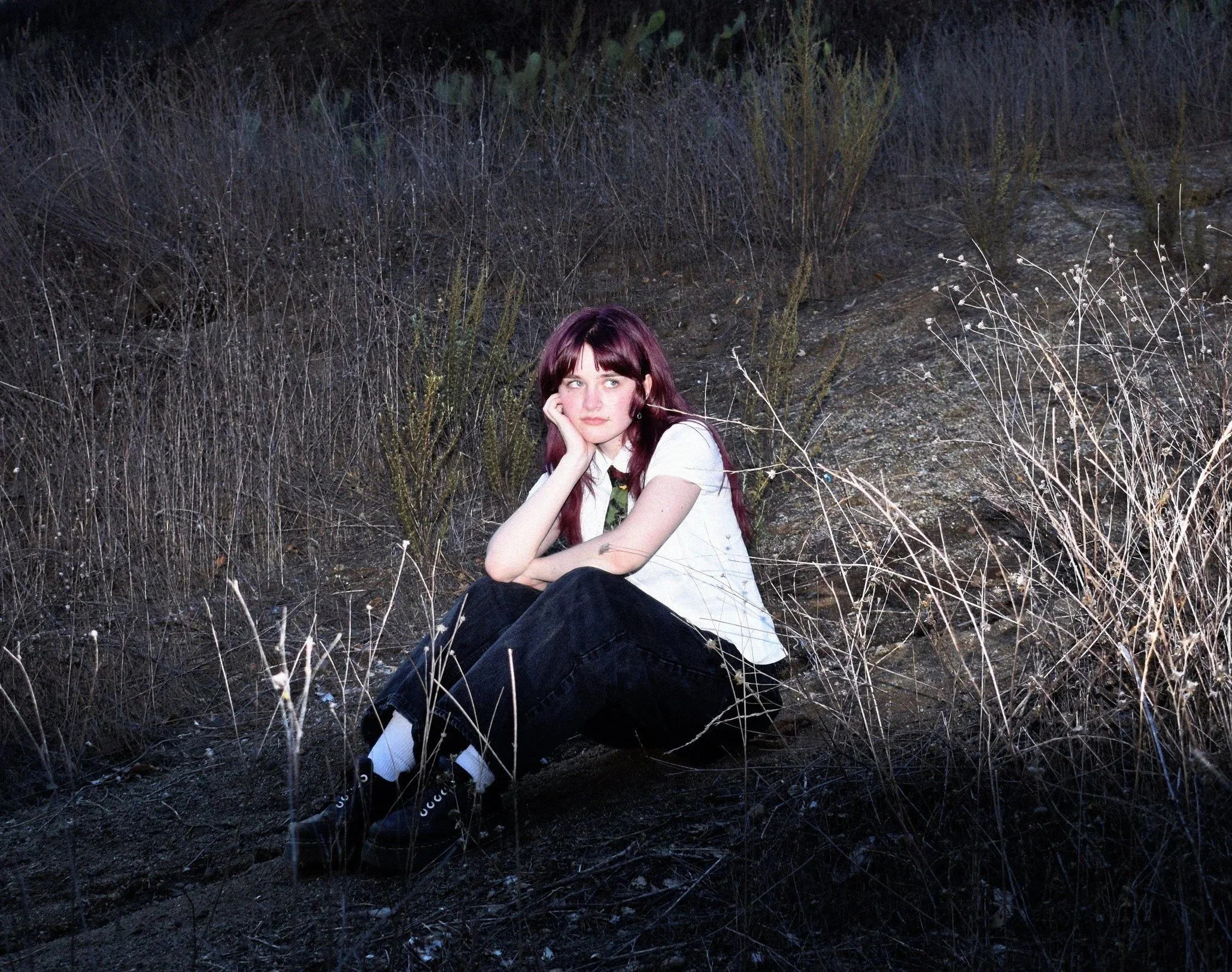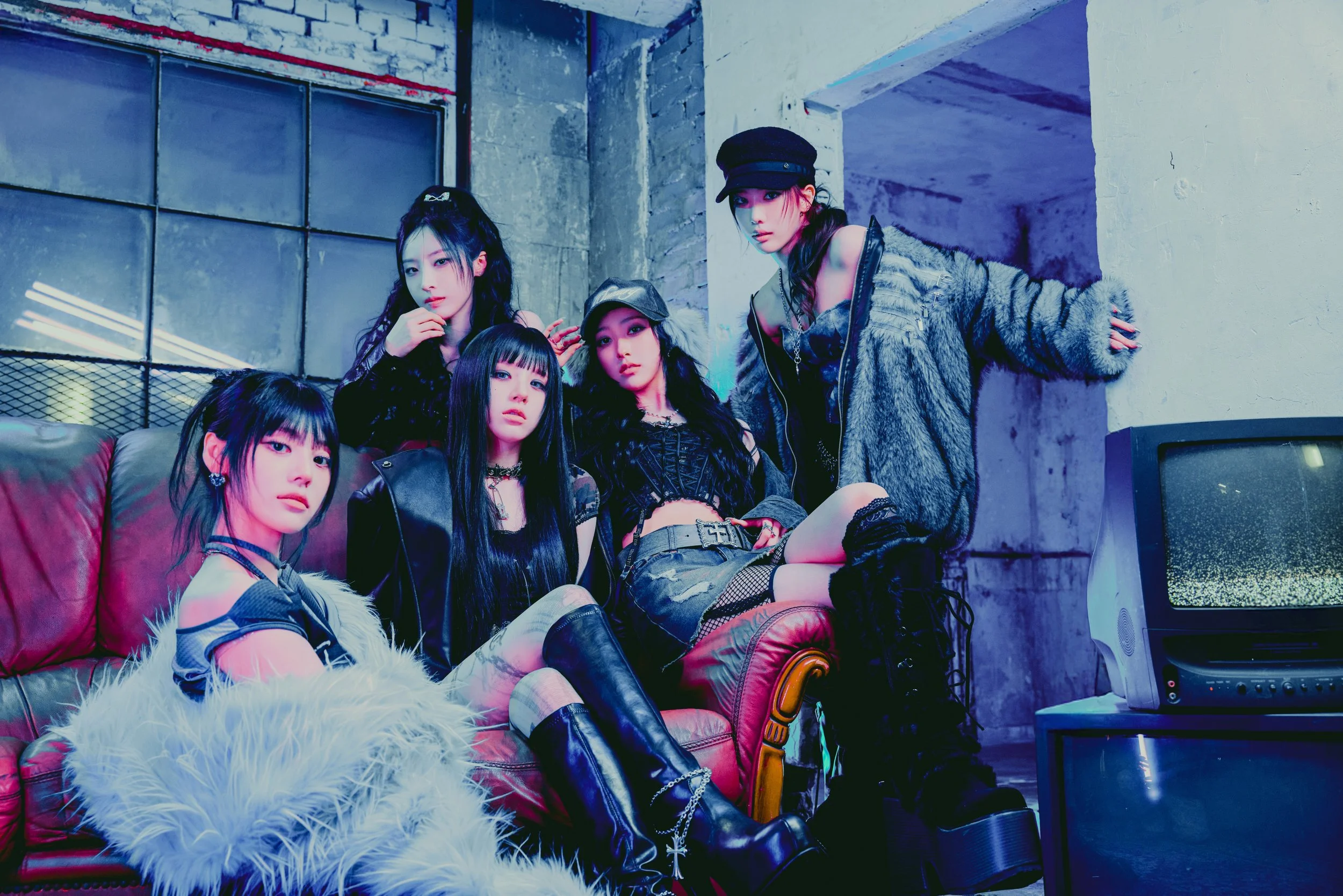George Baron Delves Into the Ideas Behind His New Film, The Blue Rose
In the pantheon of modern horror, few films dare to delve as deeply into the psychological as George Baron’s The Blue Rose, which premiered in theaters and on VOD platforms last month. This bold new genre film marks Baron's feature directorial debut, showcasing his multifaceted talent as he writes, directs, and stars in the dark and intricate tale.
In terms of plot, The Blue Rose follows two rookie detectives grappling with a homicide investigation that spirals into an alternate reality, where their darkest fears confront them. As they navigate this mind-bending horror landscape, the film deftly explores themes of gender fluidity and the repression of our true selves, all set against the evocative backdrop of a quasi-1950s aesthetic.
To craft the film, Baron draws on his roots in immersive theater—as well as a collaborative effort with visual artist Sophia Victoria Frizzell who heavily influenced the film’s striking “pastel-noir” style, which merges the vibrant palette of classic Hollywood with the darkest elements of surreal horror.
Now, in our new interview with Baron, we delve deeper into the versatile artist’s journey as a filmmaker, the creative process behind The Blue Rose, and his distincitve vision for future projects.
Congratulations on your directorial debut! Can you share the inspiration behind your film The Blue Rose and how your experience in Immersive Theater Art influenced the storyline?
George Baron: I have always been super inspired by Americana and the 1950s. Also, I am super inspired by pop surrealist art and filmmakers like Tim Burton. I’m also very inspired by theatre in general, and find a lot of joy in theatre. The film was an immersive art show first that only ran one night and progressed into a feature script, which became the feature film we have today.
The Blue Rose is described as a mind-bending horror film, which also incorporates various stylistic influences along the way. What was your approach to building this world?
George Baron: I wanted to combine the structure of Alice in Wonderland with the structure of Blue Velvet and see what would happen.
The film is set in a quasi-50s era with the intention to explore themes of gender fluidity and overcoming fears. Can you elaborate on why you chose this specific period as a vehicle for these themes?
George Baron: I wanted it to really be a fantasy film rather than a straight period piece. Setting it in the quasi-50s allows for this. There’s a lot of dresses that are historically inaccurate and hairstyles and makeup trends and jewelry and exposed tattoos, etc. but it’s all there to create a fantasy and a unique style to the film.
How did your background as a writer and actor aid your directorial transition with The Blue Rose?
George Baron: Working on sets as a kid taught me everything I know. Getting firsthand experience and watching these directors at work was magical to me. It was the best education I could ever receive. That experience aids me in being an actor/director. Writing has always been very natural for me. I’ve always been a storyteller first, ever since I was little.
Could you tell us about your collaboration with Sophia Victoria Frizzell and how her artwork influenced the visual aspects of the film?
George Baron: She has been one of my best friends since childhood and has always been a huge collaborator of mine. I love her very very much. This movie would not exist if not for her artwork. She helped me create and visualize so many characters that I love so much.
As someone with a love for historical sites and graveyards — how have some of those visuals or aesthetics contributed to your vision for The Blue Rose, if at all?
George Baron: I don’t think they’ve necessarily contributed to the vision of this particular film, but they contribute to my everyday life. If I need to be grounded, I go to a graveyard. And I have the luxury of living near one of the most beautiful and famous cemeteries in America, Bonaventure Cemetery. I always find an endless source of information from cemeteries.
Looking ahead, what themes or genres do you hope to explore in your future directorial works?
George Baron: I’m very inspired by the concept of juxtaposition and visually very inspired by religion, body horror, eroticism, gothic literature, etc.










